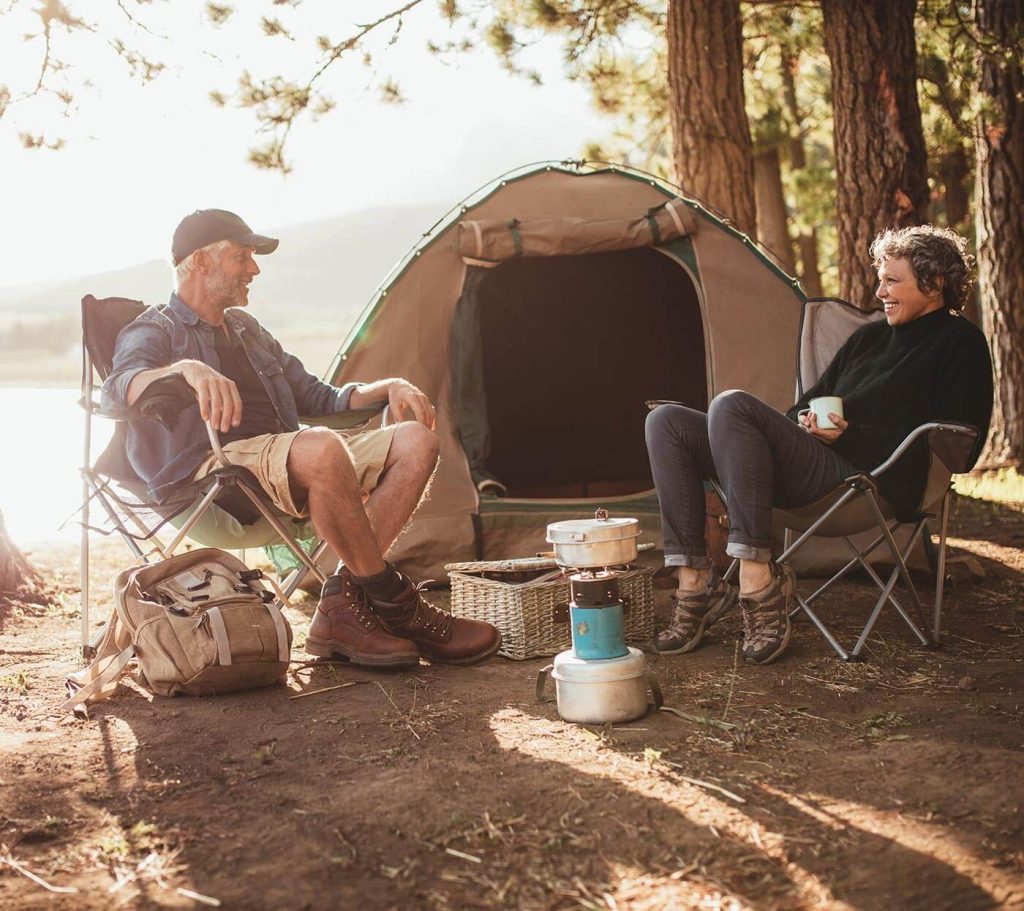The Synthetic Sleeping Bag is a trusted companion for many backpackers. Understanding how to compress it effectively can transform your backpacking experience. Let’s delve into the world of synthetic sleeping bags and learn the art of compressing them.
Understanding Synthetic Sleeping Bags
Kingray Synthetic sleeping bags are primarily made from polyester and other man-made fibers, simulating the loft of down but with a twist. They bring certain advantages over their down counterparts, such as quick-drying capabilities and consistent insulation even when wet. However, they can be bulkier. That said, there are various types available, from ultra-light options for minimalist backpackers to heavier designs for casual camping.
Benefits of Compressing Synthetic Sleeping Bags
- Space-saving: One of the major perks of compressing your synthetic sleeping bag is freeing up valuable backpack real estate.
- Ease of Transportation: A compact sleeping bag means a less cumbersome backpack, easing your trek.
Quick-drying: Compressed synthetic bags tend to dry faster, which is crucial during multi-day excursions in the backcountry.
Step-by-Step Guide to Compressing Synthetic Sleeping Bags
- Prepare the Bag: Shake out any debris and ensure it’s dry.
- Techniques: Lay it flat, fold it longitudinally, and then roll it tightly from the bottom. This ensures maximum compression with minimal air pockets.
- Compression Sacks: Insert the sleeping bag into a compression sack once rolled. Use the compression straps to further condense the bag. These sacks, often water-resistant, safeguard your bag from external elements.
Tips and Tricks for Efficient Compression
- Excess Air Removal: Flatten the bag to push out extra air before rolling. This ensures you’re compressing it to its maximum potential.
- Backpack Compartments: Use your backpack’s external and internal compartments wisely. Place the compressed bag at the bottom or in a dedicated compartment. This ensures stability during hikes.
- Avoid Over-compression: While it’s tempting to compress the bag to its tiniest form, doing so repeatedly can damage its insulation properties. Aim for a balance.
Conclusion
The art of compressing a synthetic sleeping bag is more than just saving space; it’s about optimizing your backpacking experience. While synthetic bags have their unique set of challenges, with the right techniques, they can be a backpacker’s best friend. So, as you prepare for


